Olea europaea, more commonly known as the olive tree, is a long-lived evergreen tree with immense cultural and economic significance, particularly in the Mediterranean region where it is native. It is revered for its longevity with some trees over a thousand years old, and its ability to thrive in poor, rocky, and dry soils.
The olive tree is a slow-growing tree with a gnarled, twisted trunk that becomes more rugged with age. Its foliage consists of small, lance-shaped leaves that are a distinctive silvery-green color on top and silvery-white underneath. Small, fragrant, creamy-white flowers appear in clusters in late spring. The tree’s upright, spreading habit makes it a popular ornamental plant in addition to its agricultural use.
The fruit of the olive tree is a fleshy fruit with a central stony pit. This pit is what is commonly referred to as the seed. The fruit ripens from a green color to a deep purple or black. The flesh of the fruit is rich in oil, which is extracted for olive oil, a cornerstone of Mediterranean cuisine. The hard, woody pit encloses a single, small seed. The seed’s hard coat helps protect it and is an adaptation that often requires scarification (breaking the seed coat) for germination to occur naturally, often by being consumed and passed through the digestive tract of animals.
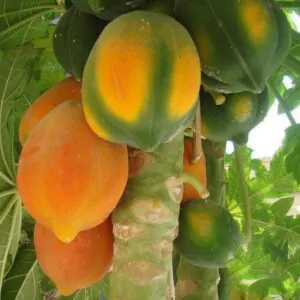
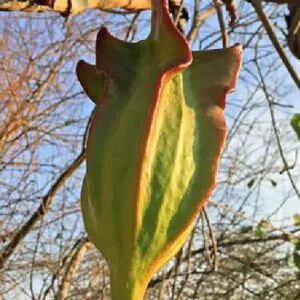
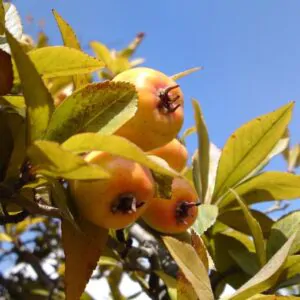
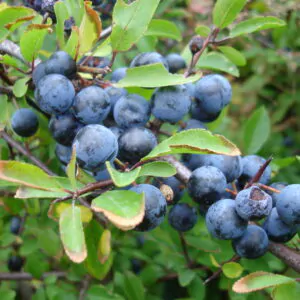
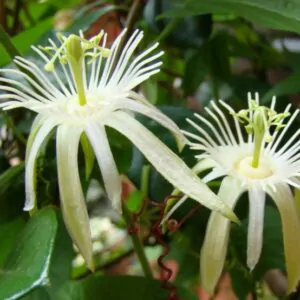
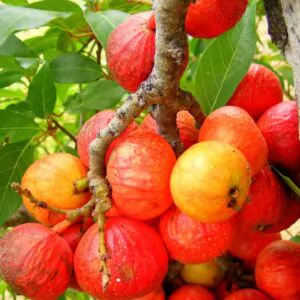
Copyright © 2025 Quinta do Ouriques
| Cookie | Duration | Description |
|---|---|---|
| cookielawinfo-checkbox-analytics | 11 months | This cookie is set by GDPR Cookie Consent plugin. The cookie is used to store the user consent for the cookies in the category "Analytics". |
| cookielawinfo-checkbox-functional | 11 months | The cookie is set by GDPR cookie consent to record the user consent for the cookies in the category "Functional". |
| cookielawinfo-checkbox-necessary | 11 months | This cookie is set by GDPR Cookie Consent plugin. The cookies is used to store the user consent for the cookies in the category "Necessary". |
| cookielawinfo-checkbox-others | 11 months | This cookie is set by GDPR Cookie Consent plugin. The cookie is used to store the user consent for the cookies in the category "Other. |
| cookielawinfo-checkbox-performance | 11 months | This cookie is set by GDPR Cookie Consent plugin. The cookie is used to store the user consent for the cookies in the category "Performance". |
| viewed_cookie_policy | 11 months | The cookie is set by the GDPR Cookie Consent plugin and is used to store whether or not user has consented to the use of cookies. It does not store any personal data. |